Lessons Learned in Morocco
- Sep 16, 2020
- 7 min read
There are so many amazing things about Morocco to share but, we also learned some lessons as well. Let's dive right in and get straight to mistakes on this trip. Then we will discuss how to fully explore, immerse, and embrace Morocco. We can't wait to go back! Check this out and join our group in 2021!

If you google Marrakesh, you will likely find two different spellings used. "MarrakeSH" and "MarrakeCH". Both are accepted but, I'll break it down for you: The common English spelling is "Marrakesh", although "Marrakech" (the French spelling) is also widely used. The name is spelled Mṛṛakc in the Berber Latin alphabet, Marraquexe in Portuguese, Marraquech in Spanish, and "Mer-raksh" in Moroccan Arabic.

Lesson 1- Getting there: We flew from Athens Greece into Casablanca because we had air miles and it was free. "No-brainer" right...? Wrong! Sometimes you just gotta pay your way for the best experience. The saying "You get what you pay for" or "don't pay for" in this case was so true! We decided to take the train from Casablanca to Marrakesh. I said, "This will be nice, riding in the luxury cabin with air conditioning and scenic views of the Moroccan countryside." Nah... instead it was The Hotbox from Hell! Never, EVER again will this be an option. It was literally 3.5 hours of muggy, sticky, smelly, jam-packed people! We were sitting like sardines in a can! The smell included! When we finally arrived, our mood was not pleasant. We were irritated and just plain tired from the long commute. Tip: Fly directly into Marrakesh or plan the train ride in the winter or fall months.

Lesson 2: Pack light! This was totally impossible for me at the time. I was still new to international travel and thought I needed to have my whole life in my luggage. Please give me a pass, we were country-hopping for two and a half weeks straight. My bag was overweight and they were not able to put it on the small, nine-passenger plane from our stop in Portugal. I went the entire eight days in Morocco without my luggage. Thankfully, I put a few pairs of underwear and one outfit in my carryon. Ramadan played a major role in not receiving my items. People weren't working and it simply wasn't a priority to get my belongings to me. The language barrier was a struggle. I had the hotel front desk calling daily to speak in Arabic and French to locate my bags. Each day I went out to buy a few things to get me through the next day in hopes my bags would come. The good thing out of it was I purchased an entire Moroccan wardrobe and I fit in perfectly! The sad part, I had no hair care products or makeup. Thankfully I was in a Muslim country and scarves saved my life.

Lesson 3- Time of Year to Visit: We went in August 2012. I'm sure a lot has changed but the one thing I remember is the heat! August is NOT the month to visit Morocco...OKUUUUR! It's sweltering hot during the day, temperatures rose up to 128 degrees
Farenheight with the heat index. We spent most of our days inside and poolside. Most businesses were closed until about 5 or 6 pm as people don't really come out during the day. The city really comes alive at night anyway. The best times to visit Morocco is during spring (mid-March to May) or fall (September to October). The weather is warm but pleasant, unlike the cold temperatures and snow of winter, or the scorching heat of summer. The coastal regions can be visited year-round. So there's that. We basically went to get scorched.
Now that you know what not to do, let's talk about all the things you need to experience in Morocco.
Explore
The best place to stay in Marrakech is in The Medina. The word "medina" means city or town in modern-day Arabic. It's the old part of a town, found in many countries of North Africa, not just Morocco. It is typically walled and contains narrow streets, fountains, palaces, and mosques. This is where you soak up all the culture and beautiful architecture.
Marrakech definitely has a distinct style of doors and windows when it comes to traditional houses and buildings. Moroccan architecture dates from 110 BCE with the massive pisé (mud brick) buildings. The architecture has been influenced by Islamization during the Idrisid dynasty, Moorish exiles from Spain.
Morocco is in Northern-Africa bordering the Mediterranean and the Atlantic. The country's diverse geography and the land's long history marked by successive waves of settlers and military encroachments are all reflected in Morocco's architecture.
Hot Air Balloon Ride: This was life-changing! I never thought it would be something that I wanted to do, but I saw it and said this is happening! Plus our guide and his wife were the first two Moroccan Hot Air Balloon Operators in the country! It was an honor to support their business.
Our driver picked us up from the hotel at 4:30 am and drove us out to the desert launch spot. We had breakfast and watched them set up our balloon. After liftoff, it was dark for about 10 minutes and then the sun started to peek out over the Atlas Mountains and illuminated the sky. We flew over Berber villages and learned about their way of life. The Berbers are a people ethnically indigenous to North Africa west of the Nile Valley. The Berber identity is usually wider than language, craft, and ethnicity; it encompasses the entire history and geography of North Africa and Morocco. After our flight, we visited a village and went into a home to see how they live. We learned about the ancient tradition of bread baking on rocks that dates back centuries and is still common among Berber families today.
Camel Trek in the Palmeraie (palm grove) - it is a palm oasis of several hundred thousand trees outside of Marrakesh, Morocco. Situated at the edge of the city's northern section. This is where most of the camel rides are done.
Night Life in the Medina
As stated before, Marrakech comes alive at night! The narrow streets and markets are packed with people shopping and dining. If you are looking for a night of chaos, this is the place to be! Everyone from babies to the elderly is out enjoying the night until the wee hours of the morning.
Jama El Fna Market: We looooove a market! This is the best place to get souvenirs, art, and most importantly, the culture! The hustle and bustle of this market demonstrate the true way of life for many Moroccans. Expect colorful souks, sleepy riads, good food, and a social meeting place. You will see babies to the elderly out and about from the evening until the wee hours of the morning.
Immerse in Culture
Some of the best flavors and spices come from Morocco. We visited the spice and herbal shop in the Medina. We learned about various natural remedies to healthcare. We even picked up some spices to bring home with us. Plus, I was able to get some natural mascara and lipstick, winning!
For the Foodies:
Just look at the photos... Moroccan flavors are on another level. In the summer months, many restaurants don't open until late evening. Rooftop bars are always booked and packed. We made reservations early in the week just to get a table outside. Many restaurants don't have elevators so be prepared to hit the stairs for the views and fresh air.
Embrace Traditions

Mint Tea is definitely a vibe in Morocco. Some of the most flavorful traditions are easily accessible to visitors. Drinking mint tea is among the nation's most cherished traditions. It plays an important role in Moroccans' social lives, from serving as a drink of hospitality in homes and souks to uniting café patrons. While fresh spearmint is the most popular choice for mint tea, smaller quantities of dried peppermint leaves or fresh pennyroyal may also be used, resulting in tea with a more pungent aroma and flavor. It has been said that mint in many cases has been proven to have multiple benefits:
* Relieve symptoms of indigestion, heartburn, and irritable bowel syndrome by relaxing the muscles in and around the intestine.
* Acts as a powerful antioxidant, protecting the body against the formation of cancerous cells.
Snake charming is an ancient skill in Morocco and those who practice this art can always be found in Marrakech’s central square, Jemaa El Fnaa. Although there is a myriad of remarkable sights to be discovered in the center of the city, the small communities of charmers will perhaps be those you hear, before you see. I'm not too fond of snakes and wasn't quite ready to embrace a snake around my neck while a bunch of others slithered around me. However, @mr4reignxchange did it and survived!
This is definitely for the tourists. Be sure to ask the price before you take the snake. Once you take it, they will ask for money. Always ask the price before taking things in the market so you don't feel like you got ripped off. They are always willing to negotiate. We suggest starting a little below half of the price they are asking and then decide the price you want to pay. Get some local cash (Moroccan Dirhams) before heading to the market.
Currency - The Moroccan Dirham is the official monetary currency of Morocco. It is issued by the Bank Al-Maghrib, the central bank of Morocco. One Moroccan dirham is subdivided into 100 centimes. Coins are issued in denominations of 1dh, 2dh, 5dh, and 10dh, as well as 10, 20, and 50 centimes.

Places we didn't visit, but are now on the list!
The Blue City in Chefchaouen
Jardin Majorelle
Overnight Desert Camp
YSL Museum




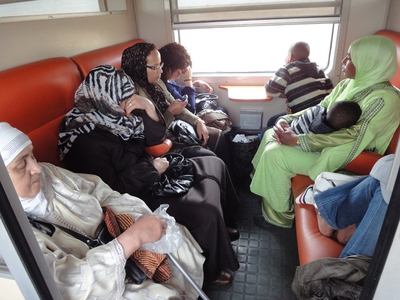

















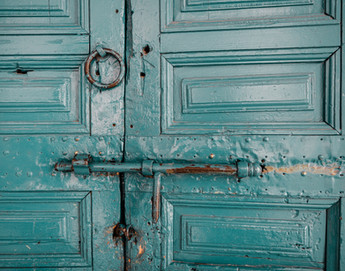














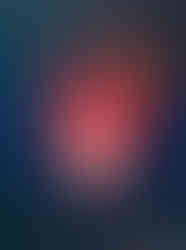





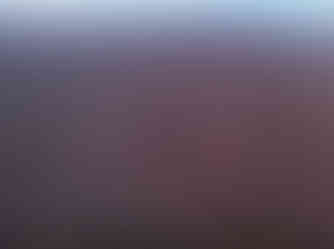















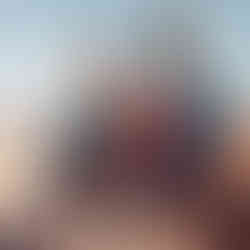



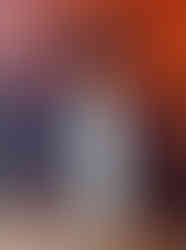






















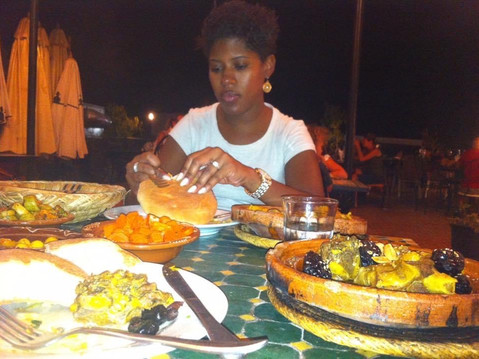







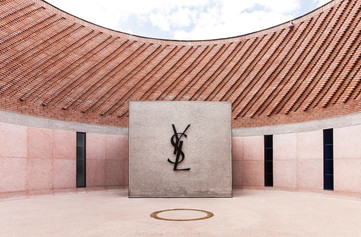









Comments